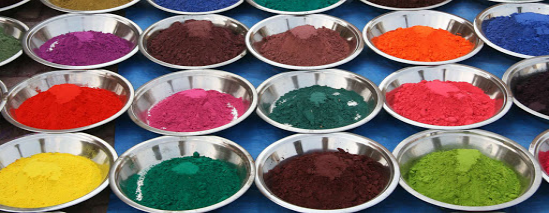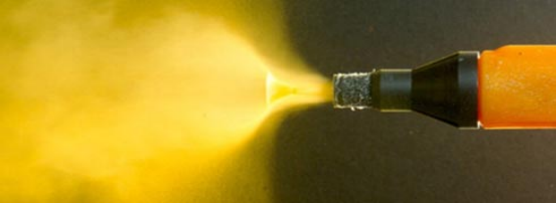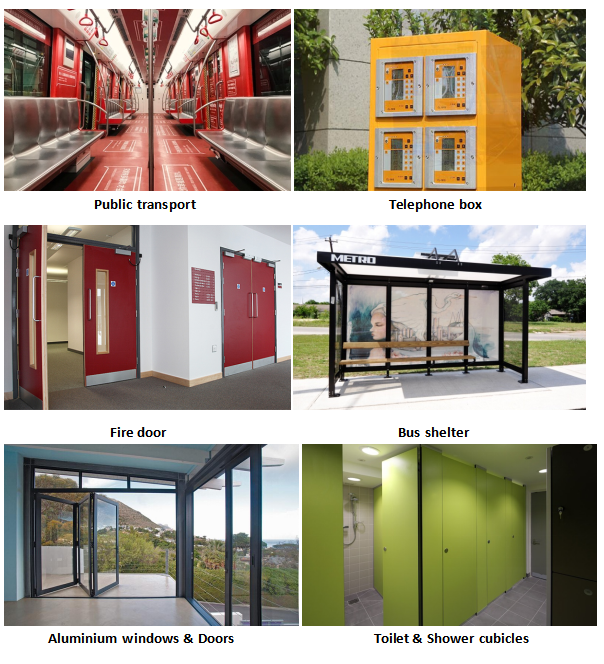|
Polyurethane Powder Coating Paint

Collect
DESCRIPTION From a fundamental standpoint, polyester and polyurethane powder coating paint have many similarities. The base polymer used in both chemistries is very similar. The reason for this pertains to the limited amount of monomers available to the polymer scientist to create a solid resin. Hence, the major portion of the polymers used in polyester and polyurethane powder coating paint is comprised of the same building blocks. Consequently, the same building blocks yield the same performance that is to a point.
The main differences in these two chemistries emanate more from the crosslinkers than the base polymers. Polyester powder coatings are formulated with a polyester resin cured with triglycidyl isocyanurate (TGIC) or alternately hydroxyl-alkyl-amide (HAA). Polyurethane powder coating paint, on the other hand, is cured with a multifunctional isocyanate and derives much of its performance from this crosslinker.
The binder or resinous portion of polyester powders is comprised of carboxyl polyester cured with a relatively low level of crosslinker (typically 5 to 10 percent). Polyurethane powder coating painit binders contain hydroxyl functional polyester cured with an isocyanate crosslinker. The isocyanate crosslinker level can range from 15 to 60 percent and therefore strongly influences the ultimate coating properties.
ADVANTAGES ●No mixing. The powder comes ready to spray, eliminating the need to blend liquid paint components. ●Easy clean up. The equipment has to be blown down or wiped down; there is no need to clean hardened paint or loaded filters. ●Easy application. None of the defects associated with liquid flow (runs, drips sags); requires less training. ●No catalyst. Once it has been blended, a plural-component liquid coating must be used or disposed of. ●No emissions. There are no solvents in the powder, so there are no hazardous air pollutants emitted during application or cure. ●No hazardous waste. Powder can be recycled and reused; if you do have powder waste, there are ways to dispose of it as non-hazardous waste. ●Lower exhaust rates. Higher oven-exhaust rates are required for liquid paint. ●No booth exhaust. Containment air in the booth is discharged back into the plant through a filter and does need to be exhausted to the atmosphere. This saves considerable energy compared to a large volume of tempered supply air needed for liquid paint. ●Easier compliance. Powder does not have as much regulation or restriction on use and reporting.
SPECIFICATION
STORAGE CONDITIONS ●Temperature: ≤35℃ ●Humidity Conditions: Dry, Cool and Ventilated ●Storing Requirement: Cannot be piled up over 4 cartons; ●Seal the PE bag after using; ●Away from VOC, fire and heat; ●Validity: 6 months (If the parameters are tested to be qualified, the product still can be used expire date)
|
|||||||||||||||||||||||||||||||||||||||||||||||






